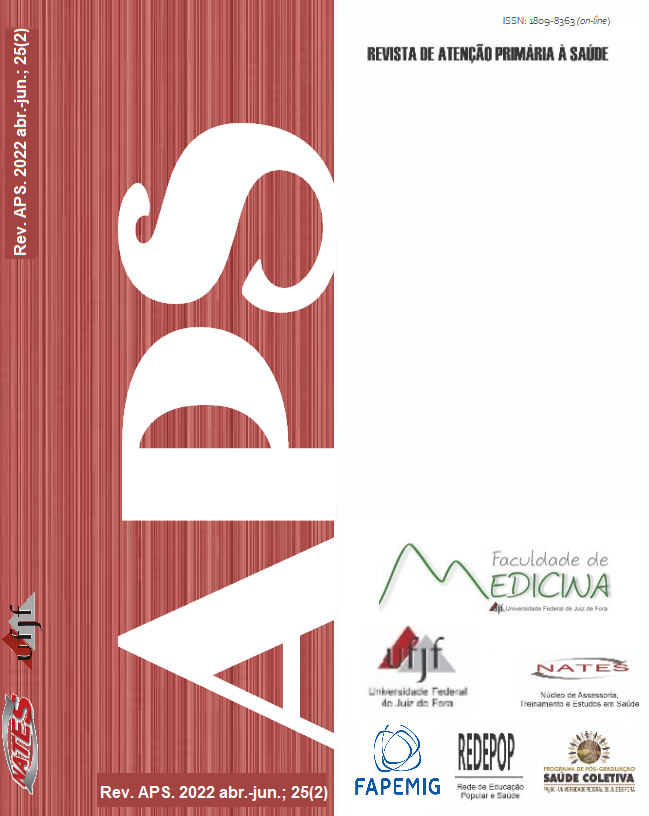O papel da atenção primária na rede de atenção à saúde frente ao manejo da hanseníase: um estudo transversal
DOI:
https://doi.org/10.34019/1809-8363.2022.v25.35355Keywords:
Atenção Primária à Saúde, Hanseníase, Doenças Endêmicas, NotificaçãoAbstract
The objective was to analyze the clinical epidemiological profile of lerposy cases and associate this profile with primary health care from the perspective of health care networks. This is a cross-sectional study that covered three analytical stages: knowledge of the epidemiological profile; classification of the capacity of the APS to coordinate the RAS; correlation of this classification with the number of new cases, outcome and the Degree of Physical Disability (GIF), and correlation of the number of new cases and the average coverage of PHC, using the Pearson correlation coefficient. New cases of leprosy reported in the period 2014 to 2018 were considered. Of the 1,649 new cases, 63% were women, between 15 and 59 years (83%), with up to nine years of education (47%) and black (61% ). Healing accounted for 86% of the records. Predominance of GIF 0 in the diagnosis (58%) and absence of evaluation in the outcome (16%). All UBS were classified as 'good condition' in the RAS coordination. Dropout showed a 'moderate correlation' with the PHC's ability to coordinate the RAS and the mean PHC coverage with the number of cases indicated a 'very high' correlation. APS, from the perspective of RAS, proved to be effective in controlling and managing leprosy in the municipal territory.









